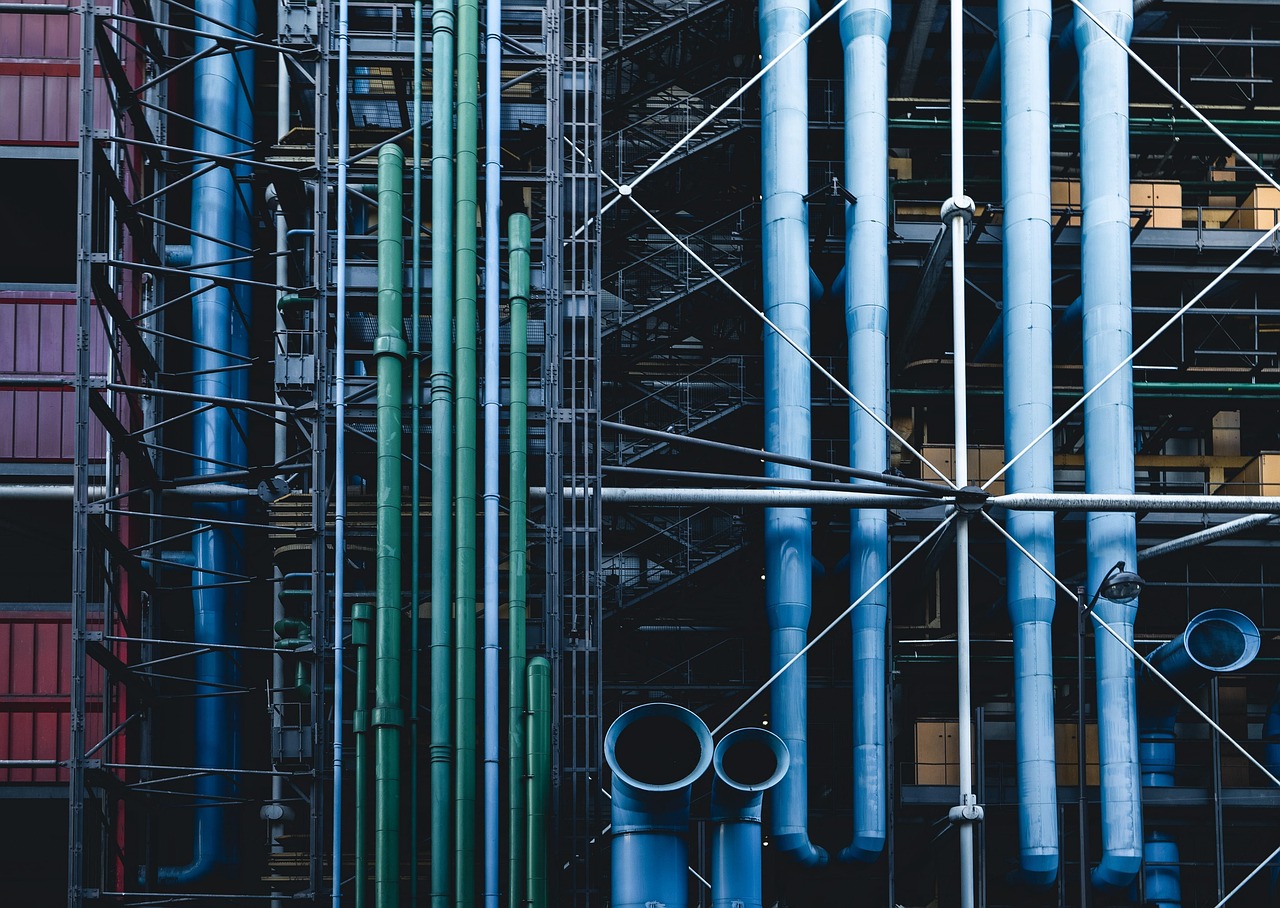Pipe systems are the lifelines of industrial facilities, carrying everything from water and gas to chemicals and wastewater. When these systems deteriorate, the costs of replacement can be staggering. And they disrupt operations. That’s why trenchless technologies like industrial slip lining have become an essential part of modern pipe maintenance. This method restores structural integrity without the need for large-scale excavation, saving time, money, and headaches.
What Is Industrial Slip Lining?
Industrial slip lining is a trenchless pipe rehabilitation method where a new, smaller-diameter pipe is inserted into a failing host pipe. The space between the old and new pipes is then sealed, typically with grout, creating a durable and long-lasting solution.
Unlike traditional replacement methods that require digging up and removing old lines, slip lining works inside the existing structure. This minimizes surface disruption, reduces environmental impact, and provides a faster turnaround.
Industrial Pipe Maintenance with Slip Lining
Maintaining industrial pipes isn’t just about keeping the system functional; it’s about protecting investments, reducing liability, and ensuring safety. Slip lining delivers:
- Extended lifespan – Reinforces aging pipes to add decades of service life.
- Cost-efficiency – Less labor, less excavation, and shorter project times mean lower costs.
- Minimal downtime – Operations can often continue or resume quickly.
- Versatility – Works for a wide range of pipe materials, including concrete, steel, and clay.
In industries where uninterrupted service is critical, these advantages make slip lining a preferred method.
How Industrial Slip Lining Works
The process involves several key steps:
- Inspection and Cleaning – The host pipe is thoroughly inspected (often with cameras) and cleaned to remove debris.
- Preparation – The liner pipe is cut and prepared for insertion.
- Insertion – The new pipe is pulled or pushed through the existing line.
- Sealing – Grout or resin fills the annular space between the old and new pipes.
- Testing – Pressure and flow tests confirm the restored line is performing as intended.
The simplicity of this process is one of its strengths. Yet it requires trained professionals to ensure they handle alignment, sealing, and curing correctly for maximum durability.
Common Applications
Slip lining is versatile and can apply to multiple sectors:
- Manufacturing plants – Protecting production pipelines from failure.
- Oil and gas – Extending service life of high-pressure lines.
- Power generation – Maintaining cooling water and fuel transport systems.
- Municipal/utility support – Reinforcing stormwater and wastewater pipelines.
By reducing the need for excavation, slip lining also helps facilities maintain compliance with safety and environmental standards.
Benefits Over Traditional Pipe Replacement
Why not just dig up and replace old pipes? For many industries, the answer is simple: it’s disruptive and expensive. Slip lining eliminates the need for large-scale excavation, meaning:
- No tearing up floors, roads, or surrounding infrastructure.
- Fewer environmental concerns and less soil disturbance.
- Projects that might take weeks with open trench methods can be complete in days.
When your facility relies on efficiency, this difference is enormous.
Of course, no method is perfect. It is important to remember there may be some challenges or limitations. Work with a professional provider who understands what is necessary and can help you determine if it is the best solution.
Count on Industrial CIPP
As industries continue to push for efficiency, safety, and reliability, trenchless rehabilitation methods will only grow in importance. Slip lining has proven itself as one of the most effective solutions for aging and damaged pipelines, offering durability without the disruption of full replacement.
If your facility is facing pipeline challenges or you’re looking to strengthen your maintenance strategy, our team is here to help. Contact us today to learn more about how our slip lining services can protect your infrastructure.
